Neural Network of Roof Cutting Blasting Parameters Based on Mines with Different Roof Conditions
Abstract
:1. Introduction
2. Mechanics Process Mechanism with Roof Cutting
3. Engineering Examples of Roof Cutting Blasting
3.1. Existing Research Method
3.2. Typical Mine Examples
4. Selection and Analysis of Key Indices
4.1. Summary of Roof Cutting Blasting Rules
- (1)
- The mining height can affect the design of the roof cutting and the blasting parameters. Overall, when the mining height is large, the blasting hole will always be designed deeper, and in accordance, the explosive charge will also be larger, and vice versa.
- (2)
- A larger burial depth corresponds to a larger confining pressure of the roadway, and it is easier to deform the blasting hole. Thus, the blasting hole should be blasted in time after drilling. At the same time, a larger confining pressure of the surrounding rock corresponds to a larger explosive charge weight of the blasting hole.
- (3)
- A harder and more complete roof requires a larger explosive charge weight of the blasting hole. When there is a weak interlayer in the roof cutting range, the collapse and plugging of the blasting hole occurs easily after the blasting.
- (4)
- Two aspects need to be considered in the determination of the blasting hole sealing length. The first is that when the explosive charge weight is large, the sealing length must be increased appropriately, and the second is that when the immediate roof is weak, the sealing length must also be increased accordingly to protect the integrity of the immediate roof.
- (5)
- In general, the blasting hole spacing needs to be 500 mm. However, when the roof is hard, such as in the case of a sandstone or conglomerate roof, the hole spacing should be reduced to approximately 400 mm.
- (6)
- The charge structure of the blasting hole usually involves a large charge at the top and a small charge at the bottom. This charge structure can effectively protect the integrity of the roof and make the cutting top crack smoothly, which can make the goaf roof collapse easily. In addition, according to the field test results, the connectivity rate of roof cutting at the hole top is usually larger than that at the hole bottom. When there is a hard interlayer in the roof cutting range, the position of the explosive roll should be adjusted to ensure that the connectivity rate of the roof cutting can meet the requirement.
4.2. Analysis of Key Indices
5. Neural Network Construction
5.1. Introduction of BP Neural Network
- (1)
- Selecting the initial value of any weight coefficient.
- (2)
- Performing the given maximum number of training times, or repeating the following procedure until E < ε (ε is the given precision), as follows:
- (a)
- Calculating , , and of each unit (K = 2, …, N).
- (b)
- Correcting the weight of each unit as follows:where μ is the training rate.
5.2. Construction of Neural Network
6. Conclusions
- (1)
- RCPRGER is a research hotspot for mining in China. First, this study analyzes the mechanics process mechanism of roof cutting pressure releasing technology, and categorizes the stress evolution of the surrounding rocks in the entry retaining process into the following six stages: original rock stress state, entry excavation stress state, bolt-cable support stress state, roof cutting stress state, premining stress state, and postmining stress state. Based on this, the mechanical relationship between the roof cutting and entry retention is explained using Mohr’s stress circle.
- (2)
- Through the summarization of the existing design methods of roof cutting blasting, and the determination of the key parameters of roof cutting blasting in four typical mines, including in the Tashan Coal Mine, Yuanlin Coal Mine, Jinfeng Coal Mine, and Hengyuan Coal Mine, the geological characteristics, distribution of the roof cutting connectivity rate, and the charge structure of the explosive are obtained, which can provide references for the application of the RCPRGER technology in other mines, as well as the basic samples for the neural network construction in this study.
- (3)
- The neural network algorithm has been considerably developed in recent years, but its application in RCPRGER technology is still a blank. On the basis of the considered four typical mines, six rules are established concerning the four key parameters—charge weight of blasting hole, blasting hole sealing length, blasting hole spacing, and charging structure of the explosive. Next, the logic diagram of the roof cutting blasting design is established, the key indices affecting the blasting design are determined, and the design process is defined as a complex fuzzy problem affected by multiple factors. Furthermore, a specific concept of using the neural network intelligent algorithm to optimize the design of the roof cutting blasting parameters has been proposed.
- (4)
- Aiming at the design of the key parameters of roof cutting blasting, a three-layer BP neural network with six input units, nine hidden units, and three output units is constructed by taking four typical mines as the sample space. Through the training of the neural network, the three key parameters—blasting hole sealing length, hole spacing, and single hole charge weight—can be quickly determined, with an error of less than 0.48%. This method considerably simplifies the design process of the blasting parameters. Moreover, the charge structure parameters can also be determined according to this method. However, presently, there is a shortcoming of limited sample space in the construction of this neutral network. Therefore, the sample space should be supplemented in further research and practice in order to improve the accuracy, efficiency, and applicability of this design method, which can further promote the application and development of the RCPRGER technology. The interdisciplinary research described in this paper represents an exploration using the intelligent algorithm to simplify the design process of roof cutting blasting in RCPRGER.
Author Contributions
Funding
Conflicts of Interest
References
- Cristobal, J.; Guillen, G.G.; Jimenez, L. Optimization of global and local pollution control in electricity production from coal burning. Appl. Energy 2012, 92, 369–378. [Google Scholar] [CrossRef]
- Ameri, M.; Mokhtari, H.; Sani, M.M. 4E analyses and multi-objective optimization of different fuels application for a large combined cycle power plant. Energy 2018, 156, 371–386. [Google Scholar] [CrossRef]
- Milici, R.C.; Flores, R.M.; Stricker, G.G. Coal resources, reserves and peak coal production in the United States. Int. J. Coal Geol. 2013, 113, 109–115. [Google Scholar] [CrossRef]
- Yang, X.J.; Wang, E.Y.; Wang, Y.J.; Gao, Y.B.; Wang, P. A study of the large deformation mechanism and control techniques for deep soft rock roadways. Sustainability 2018, 10, 1100. [Google Scholar] [CrossRef]
- Ma, X.G.; He, M.C.; Wang, J.; Gao, Y.B.; Zhu, D.Y.; Liu, Y.X. Mine strata pressure characteristics and mechanisms in gob-side entry retention by roof cutting under medium-thick coal seam and compound roof conditions. Energies 2018, 11, 2539. [Google Scholar] [CrossRef]
- Zhang, N.; Han, C.L.; Kan, J.G.; Han, J.-G.; Zheng, X.-G. Theory and practice of surrounding rock control for pillarless gob-side entry retaining. J. China Coal Soc. 2014, 39, 1635–1641. [Google Scholar]
- Kang, H.P.; Niu, D.L.; Zhang, Z.; Lin, J.; Fan, M. Deformation characteristics of supporting rock and supporting technology of gob-side entry retaining. Chin. J. Rock Mech. Eng. 2010, 29, 1977–1987. [Google Scholar]
- He, M.C. Progress and challenges of soft rock engineering in depth. J. China Coal Soc. 2014, 39, 1409–1417. [Google Scholar]
- He, M.C.; Ma, X.G.; Niu, F.L.; Wang, J.; Liu, Y.X. Adaptability research and application of rapid gob-side entry retaining formed by roof cutting and pressure releasing with composite roof and medium thick coal seam. Chin. J. Rock Mech. Eng. 2018, 37, 1–15. [Google Scholar]
- Chi, B.S.; Zhou, K.F.; He, M.C.; Yang, J.; Wang, Q.; Ma, X.G. Optimization research on supporting parameters of roof cutting entry retaining with large mining height face. Coal Sci. Technol. 2017, 45, 128–133. [Google Scholar]
- Ma, X.G.; Wang, J.; Wu, H.L.; Liu, Y.X.; Jiang, Q.Q. Experimental study on blasting of roof cutting with no pillar mining in working face of Tashan Coal Mine. Coal Sci. Technol. 2018, 46, 27–32. [Google Scholar]
- Guo, P.F.; Zhang, G.F.; Tao, Z.G. Blasting technology of gateway retaining along goaf pressure release by roof cutting in hard and weak complex roof. Coal Sci. Technol. 2016, 44, 120–124. [Google Scholar]
- Sun, X.M.; Liu, X.; Liang, G.F. Key parameters of gob-side entry retaining formed by roof cut and pressure releasing in thin coal seams. Chin. J. Rock Mech. Eng. 2014, 33, 1449–1456. [Google Scholar]
- Zhang, X.H.; Guo, P.F.; Wang, J.; Wang, H. Study on pressure relief drilling spacing optimization in gob-side entry retaining. Coal Technol. 2016, 35, 6–8. [Google Scholar]
- Ma, X.G.; He, M.C.; Sun, J.D.; HU, J.; Zhang, X.Y.; Zhang, J.B. Research on the design of roof cutting parameters of noncoal pillar gob-side entry retaining mining with roof cutting and pressure releasing. Geotech. Geol. Eng. 2018, 8, 1–16. [Google Scholar] [CrossRef]
- Jiang, J.Q.; Wang, G.J.; Zhang, D.M.; Dai, J. Basic movement law of overlying strata. In Mining Pressure and Strata Control; China University of Mining & Technology: Bejing, China, 2007; pp. 13–16. [Google Scholar]
- Jaeger, J.; Cook, N. Fundamentals of Rock Mechanics; Chapman and Hall LTD: London, UK, 1969; pp. 53–108.
- Jiang, J.Q.; Wang, G.J.; Zhang, D.M.; Dai, J. Control principle and technology of roadway surrounding rock. In Mining Pressure and Strata Control; China University of Mining & Technology: Bejing, China, 2007; pp. 232–234. [Google Scholar]
- He, M.C.; Gao, Y.B.; Yang, J.; Wang, J.; Wang, Y.; Zhu, Z. Engineering experimentation of gob-side entry retaining formed by roof cutting and pressure release in a thick-seam fast-extracted mining face. Rock Soil Mech. 2018, 1, 254–264. [Google Scholar]
- Liu, Y.L.; Li, W.B.; Huang, X.Y. The Application of roof cutting and pressure relief blasting technology in gob-side entry retaining. Saf. Coal Mines 2016, 40, 132–135. [Google Scholar]
- He, M.C.; Gao, Y.B.; Yang, J.; Guo, Z.; Wang, E.; Wang, Y. An energy-gathered roof cutting technique in no-pillar mining and its impact on stress variation in surrounding rocks. Chin. J. Rock Mech. Eng. 2017, 6, 1314–1325. [Google Scholar]
- Chen, Y.; Hao, S.P.; Chen, Y.T. Study on the application of short-hole blasting with guide hole to roof cutting pressure relief of gob-side entry retaining. J. Min. Saf. Eng. 2015, 32, 253–259. [Google Scholar]
- Shi, J.J.; Ma, N.J.; Bai, Z.S. Analysis on roof broken location of gateway retained along goaf and technology of roof support. Coal Sci. Technol. 2013, 41, 35–38. [Google Scholar]
- Li, M. Study on application of blasting cut top and combined support technology in gob-side entry retaining. China Energy Environ. Prot. 2017, 39, 137–144. [Google Scholar]
- Wu, A.X.; Guo, L.; Yu, J.; Yang, Y.P.; Xiao, X. Neural network model construction and its application in fuzzily optimization of mining method. Min. Metall. Eng. 2003, 23, 6–11. [Google Scholar]
- Wu, Y.L. Study on prediction forecast of rock burst based on MATLAB neural networks. Shandong Univ. Sci. Technol. 2005, 6, 25–30. [Google Scholar]
- Chen, J.H.; Liu, L.; Zhou, Z.Y.; Yong, X.Y. Optimization of mining methods based on combination of principal component analysis and neural networks. J. Cent. South Univ. 2010, 41, 1967–1972. [Google Scholar]
- Li, Y.; Liu, J. Application of combination of neural networks and principal component analysis in mining engineering. J. Cent. South Univ. For. Technol. 2010, 30, 140–146. [Google Scholar]
- Ma, X.G.; Sun, J.D. Analysis on dragline rotation time—Consuming and efficiency division. Coal Sci. Technol. 2015, 43, 51–54. [Google Scholar]
- Xiao, S.S.; Li, K.M.; Li, T.; Ma, L.; Chang, Z. Prediction of dragline’s production capacity based on BP neural network. Met. Mine 2012, 43, 41–43. [Google Scholar]




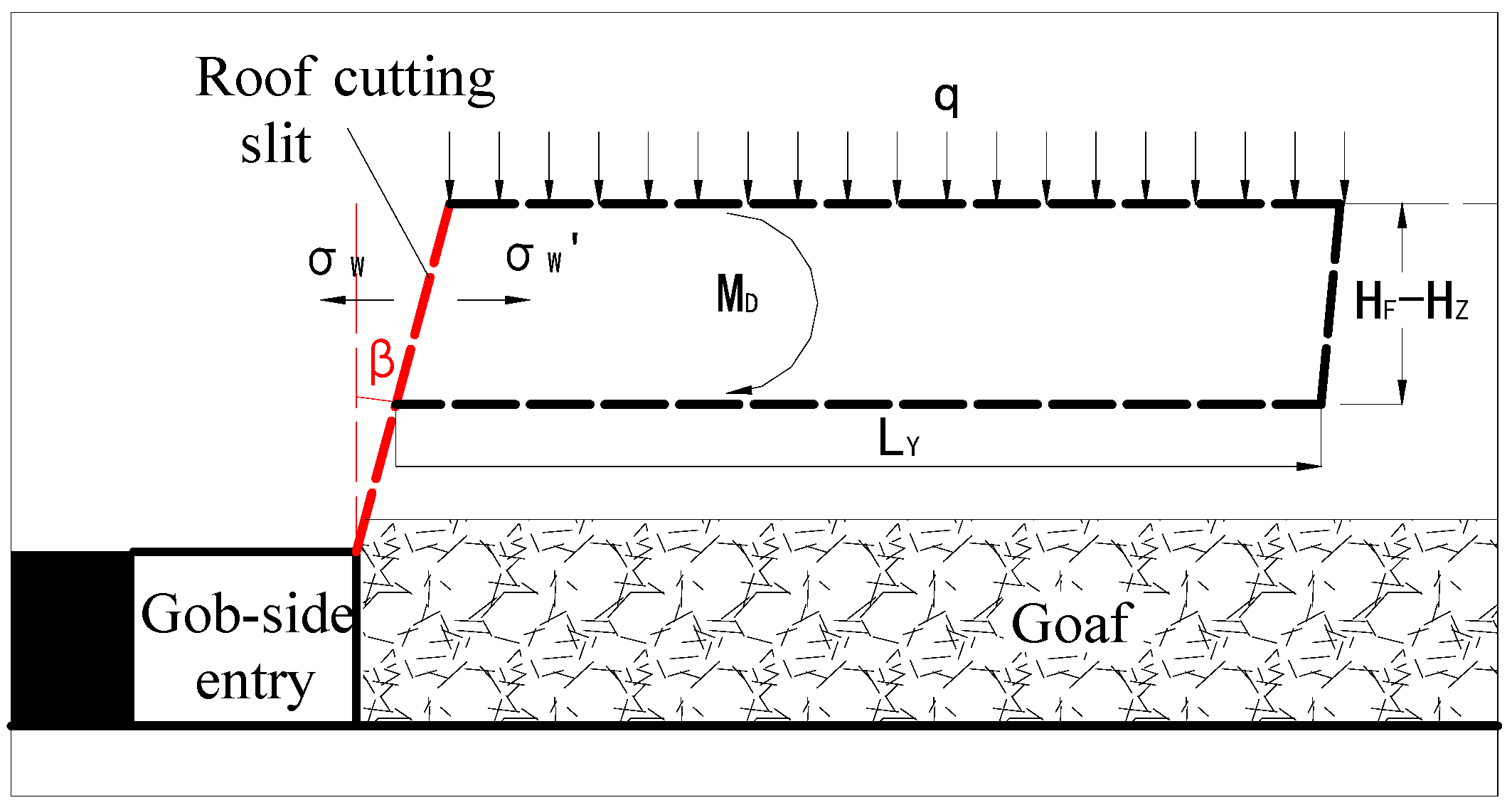



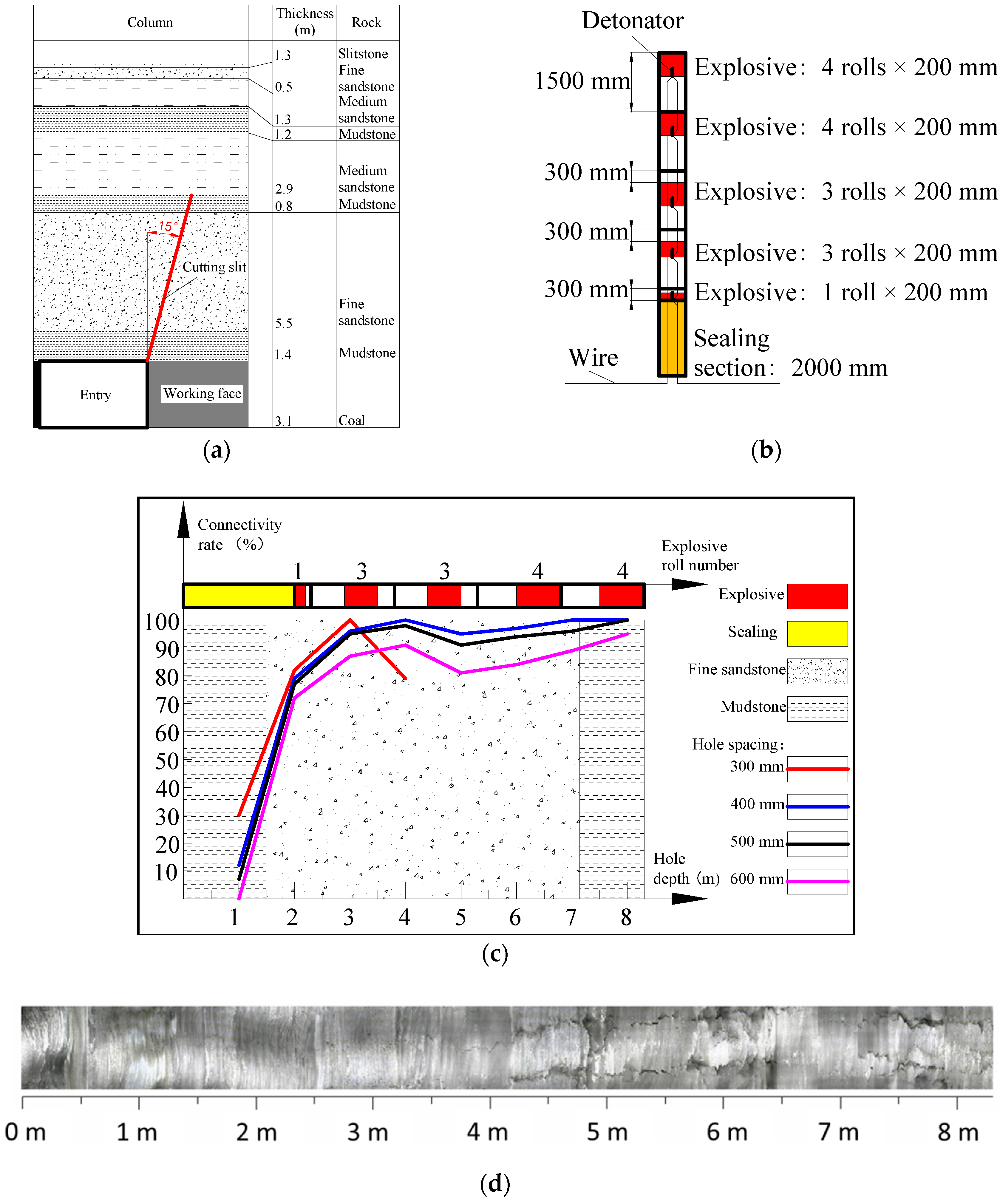

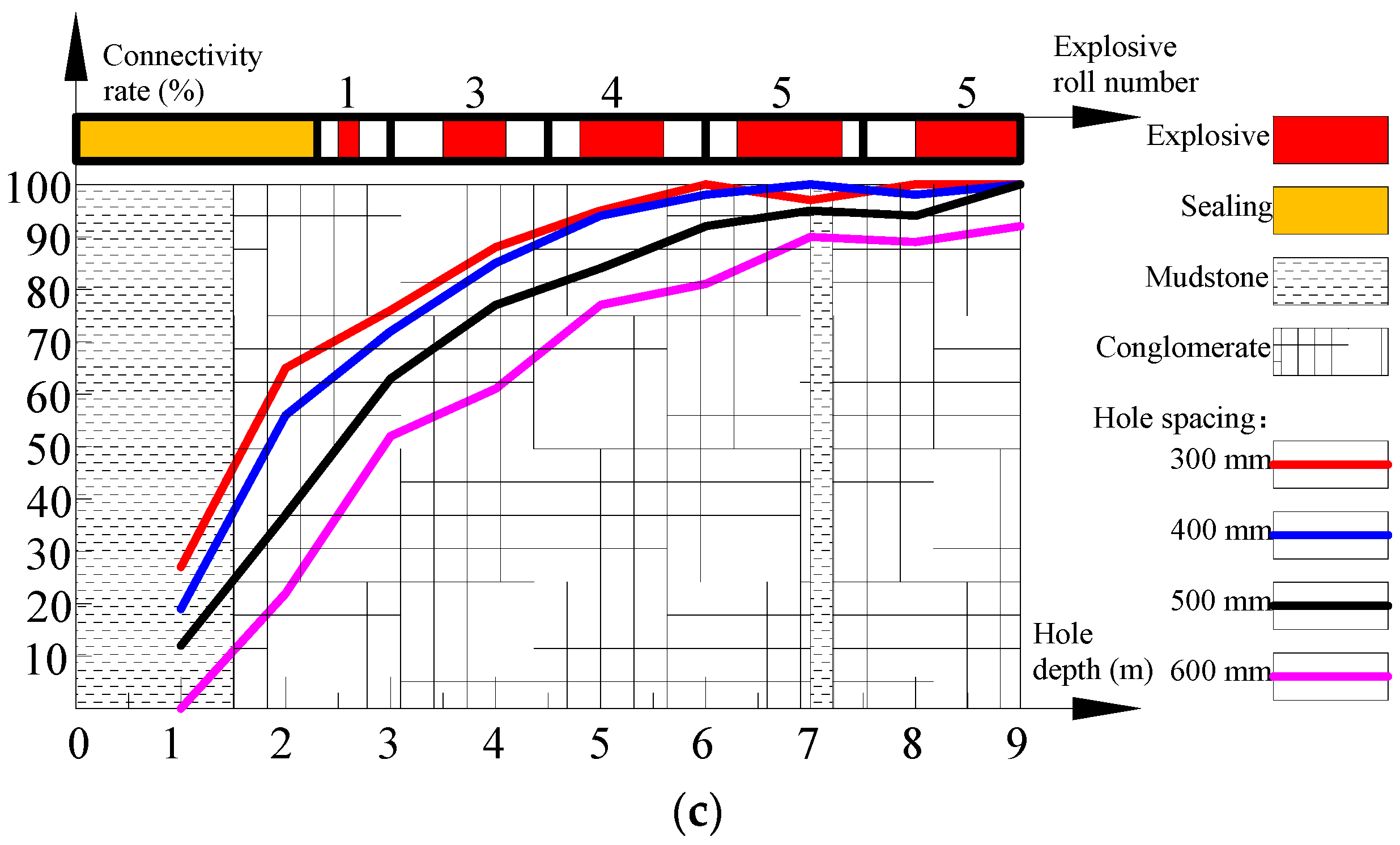
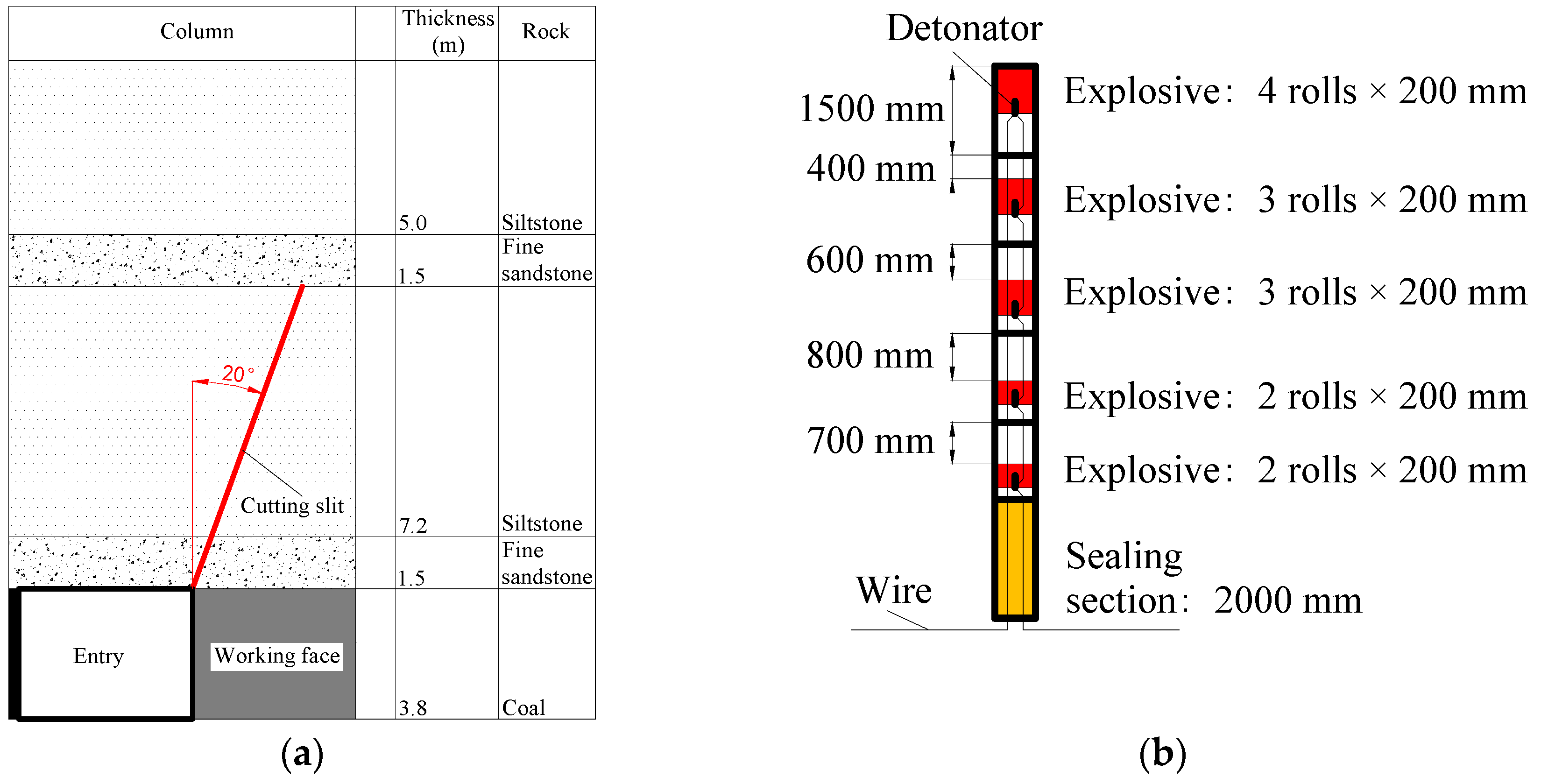

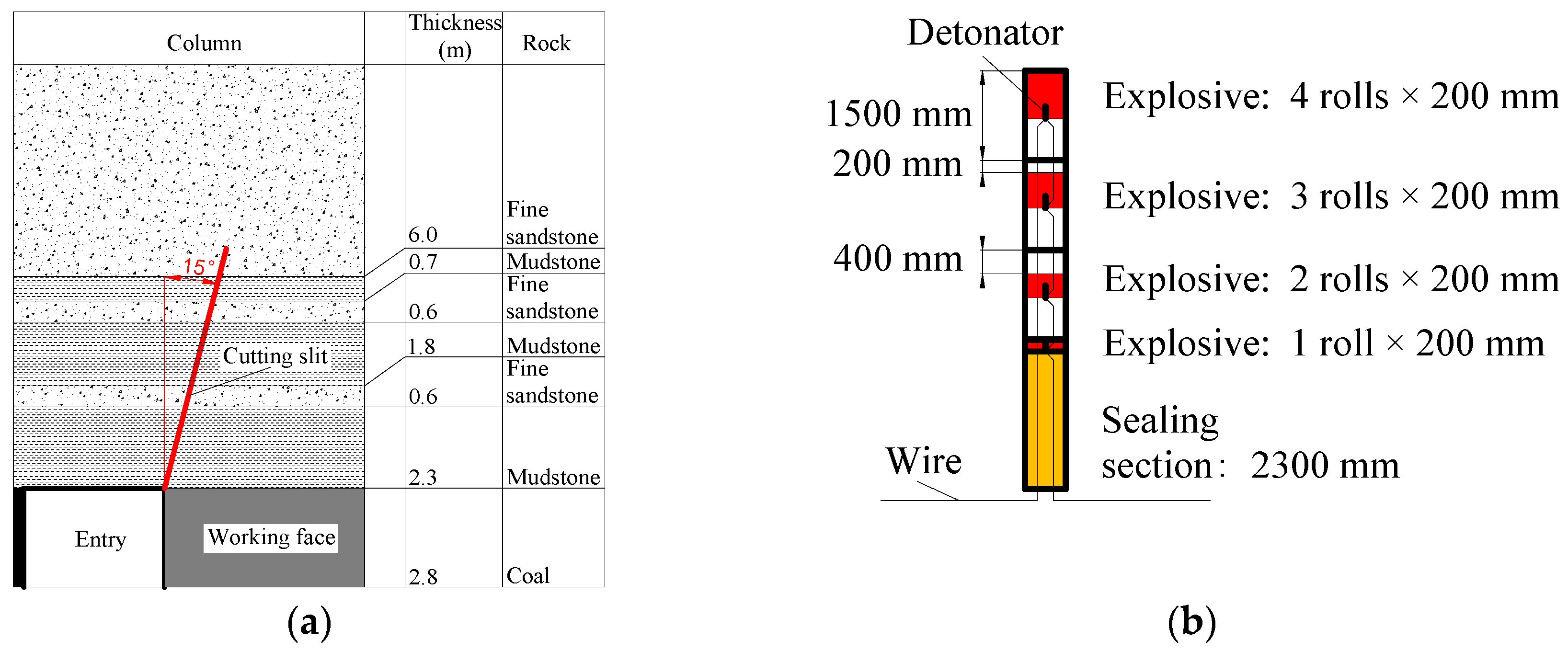

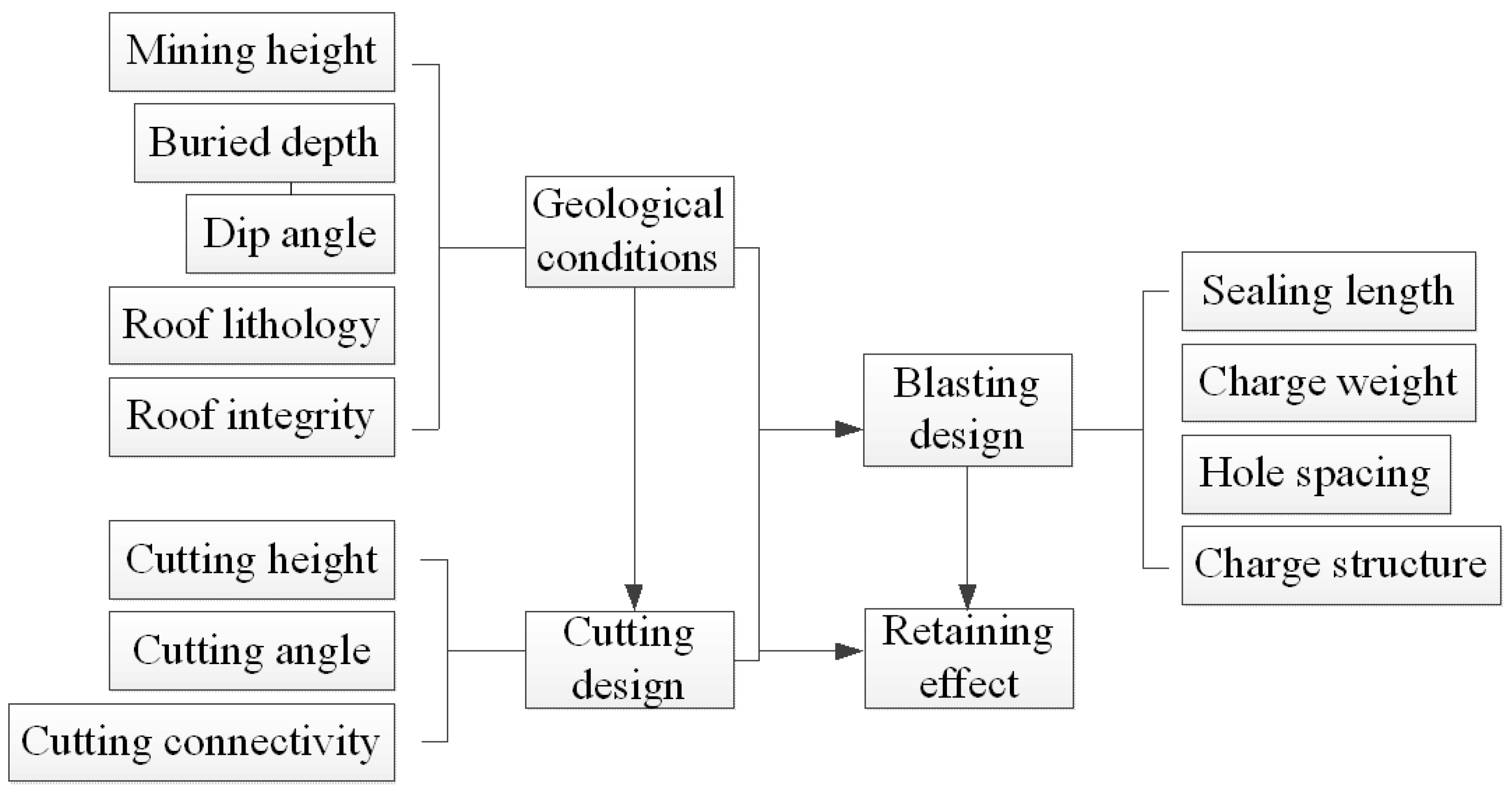

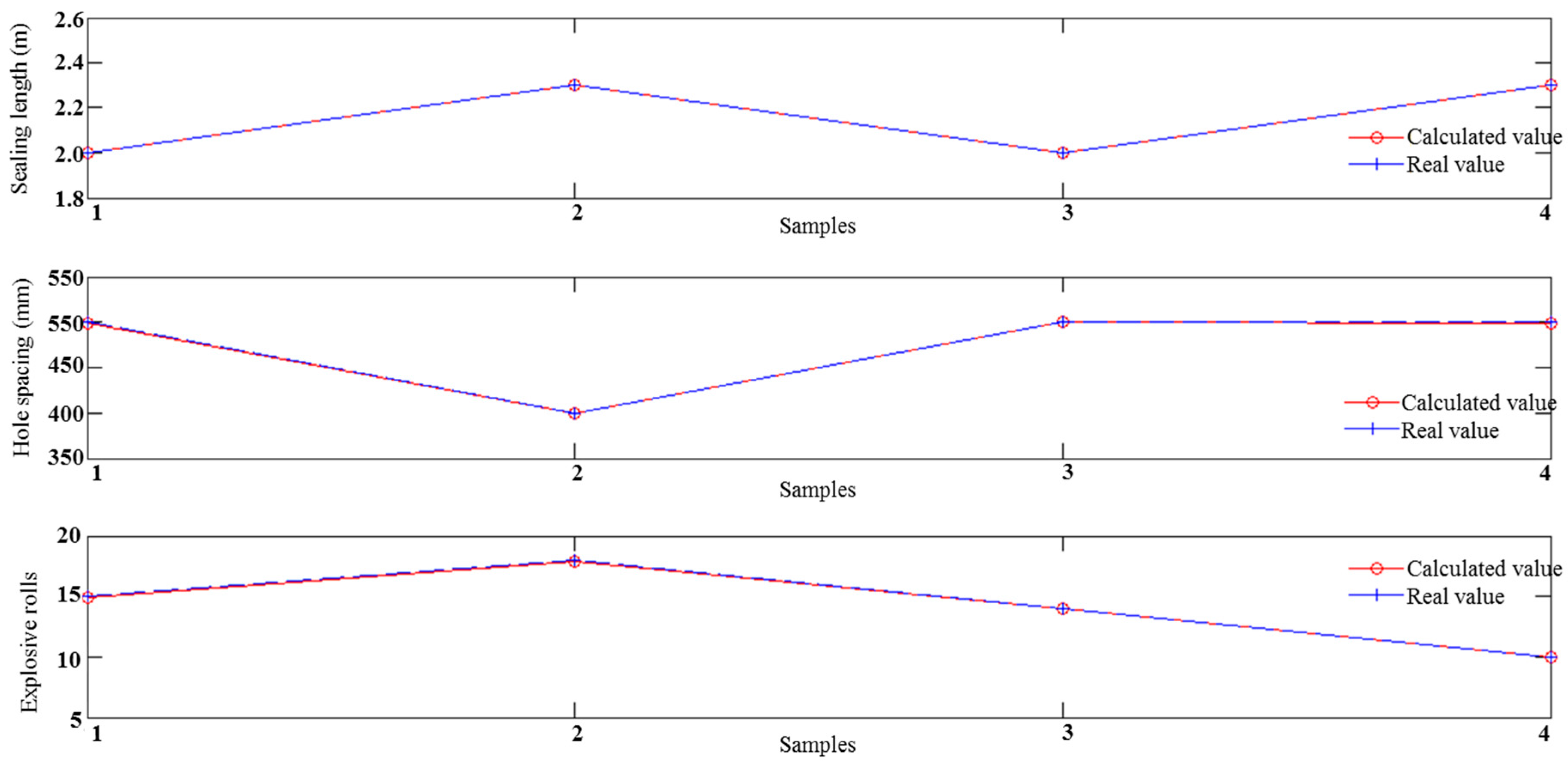
| Coal Seam Thickness/Average Thickness (m) | 1.80–3.55/3.1 | Depth (m) | 367–411 |
| Mining Height (m) | 3.1 | Dip Angle/Average Dip Angle (°) | 2–6/4 |
| Strike Length (m) | 670 | Length of the Working Face (m) | 127 |
| Immediate Roof/Thickness (m) | Mudstone/1.4 | Immediate Floor/Thickness (m) | Mudstone/3.2 |
| Basic Roof/Thickness (m) | Fine sandstone/5.5 | Basic Floor/Thickness (m) | Siltstone/3.1 |
| Coal Seam Thickness/Average Thickness (m) | 2.50–4.50/3.2 | Depth (m) | 124–155 |
| Mining Height (m) | 3.2 | Dip Angle/Average Dip Angle (°) | 5–15/8 |
| Strike Length (m) | 1399 | Length of the Working Face (m) | 174 |
| Immediate Roof/Thickness (m) | Mudstone/1.4 | Immediate Floor/Thickness (m) | Fine sandstone/3.9 |
| Basic Roof/Thickness (m) | Conglomerate/5.3 | Basic Floor/Thickness (m) | Coarse sandstone/6.5 |
| Coal Seam Thickness/Average Thickness (m) | 3.30–4.20/3.8 | Depth (m) | 214–329 |
| Mining Height (m) | 3.8 | Dip Angle/Average Dip Angle (°) | 7–19/13 |
| Strike Length (m) | 1023 | Length of the Working Face (m) | 260 |
| Immediate Roof/Thickness (m) | Fine sandstone/1.5 | Immediate Floor/Thickness (m) | Siltstone/4.5 |
| Basic Roof/Thickness (m) | Siltstone/7.2 | Basic Floor/Thickness (m) | Fine sandstone/6.7 |
| Coal Seam Thickness/Average Thickness (m) | 2.17–3.30/2.8 | Depth (m) | 600–777 |
| Mining Height (m) | 2.8 | Dip Angle/Average Dip Angle (°) | 1–26/9 |
| Strike Length (m) | 1725 | Length of the Working Face (m) | 183 |
| Immediate Roof/Thickness (m) | Mudstone/2.3 | Immediate Floor/Thickness (m) | Mudstone/2.6 |
| Basic Roof/Thickness (m) | Fine sandstone/6.0 | Basic Floor/Thickness (m) | Fine sandstone/5.7 |
| Coal Mine | Basic Geological Data | Roof Cutting and Blasting Design | |||||||||
|---|---|---|---|---|---|---|---|---|---|---|---|
| Mining Height (m) | Buried Depth (m) | Dip Angle (°) | Roof Type | Roof Cutting Height (m) | Roof Cutting Angle (°) | Sealing Length (m) | Explosive Rolls | Hole Spacing (mm) | Charge Structure | Connectivity Rate (%) | |
| Tashan | 3.1 | 367–411 | 2~6/4 | Composite | 8.3 | 15 | 2.0 | 15 | 500 | 44331 | 82.3 |
| Yuanlin | 3.2 | 124–155 | 5~15/8 | Hard | 9.0 | 15 | 2.3 | 18 | 400 | 55431 | 80.2 |
| Jinfeng | 3.8 | 214–329 | 7~19/13 | Hard immediate roof | 9.3 | 20 | 2.0 | 14 | 500 | 43322 | 77.1 |
| Hengyuan | 2.8 | 600–777 | 1~26/9 | Soft composite | 7.0 | 15 | 2.3 | 10 | 500 | 4321 | 81.1 |
| Coal Mine | Buried Depth (m) | Dip Angle (°) | Roof Hardness | Roof Integrity | Roof Cutting Height (m) | Roof Cutting Angle (°) | Sealing Length (m) | Hole Spacing (mm) | Explosive Rolls |
|---|---|---|---|---|---|---|---|---|---|
| Tashan | 389 | 4 | 4.8 | 4 | 8.3 | 15 | 2.0 | 500 | 15 |
| Yuanlin | 140 | 8 | 7.1 | 5 | 9.0 | 15 | 2.3 | 400 | 18 |
| Jinfeng | 272 | 13 | 5.1 | 5 | 9.3 | 20 | 2.0 | 500 | 14 |
| Hengyuan | 689 | 9 | 3.7 | 4 | 7.0 | 15 | 2.3 | 500 | 10 |
© 2018 by the authors. Licensee MDPI, Basel, Switzerland. This article is an open access article distributed under the terms and conditions of the Creative Commons Attribution (CC BY) license (http://creativecommons.org/licenses/by/4.0/).
Share and Cite
Ma, X.; He, M.; Sun, J.; Wang, H.; Liu, X.; Zhen, E. Neural Network of Roof Cutting Blasting Parameters Based on Mines with Different Roof Conditions. Energies 2018, 11, 3468. https://doi.org/10.3390/en11123468
Ma X, He M, Sun J, Wang H, Liu X, Zhen E. Neural Network of Roof Cutting Blasting Parameters Based on Mines with Different Roof Conditions. Energies. 2018; 11(12):3468. https://doi.org/10.3390/en11123468
Chicago/Turabian StyleMa, Xingen, Manchao He, Jiandong Sun, Haohao Wang, Xiaoyu Liu, and Enze Zhen. 2018. "Neural Network of Roof Cutting Blasting Parameters Based on Mines with Different Roof Conditions" Energies 11, no. 12: 3468. https://doi.org/10.3390/en11123468
APA StyleMa, X., He, M., Sun, J., Wang, H., Liu, X., & Zhen, E. (2018). Neural Network of Roof Cutting Blasting Parameters Based on Mines with Different Roof Conditions. Energies, 11(12), 3468. https://doi.org/10.3390/en11123468





